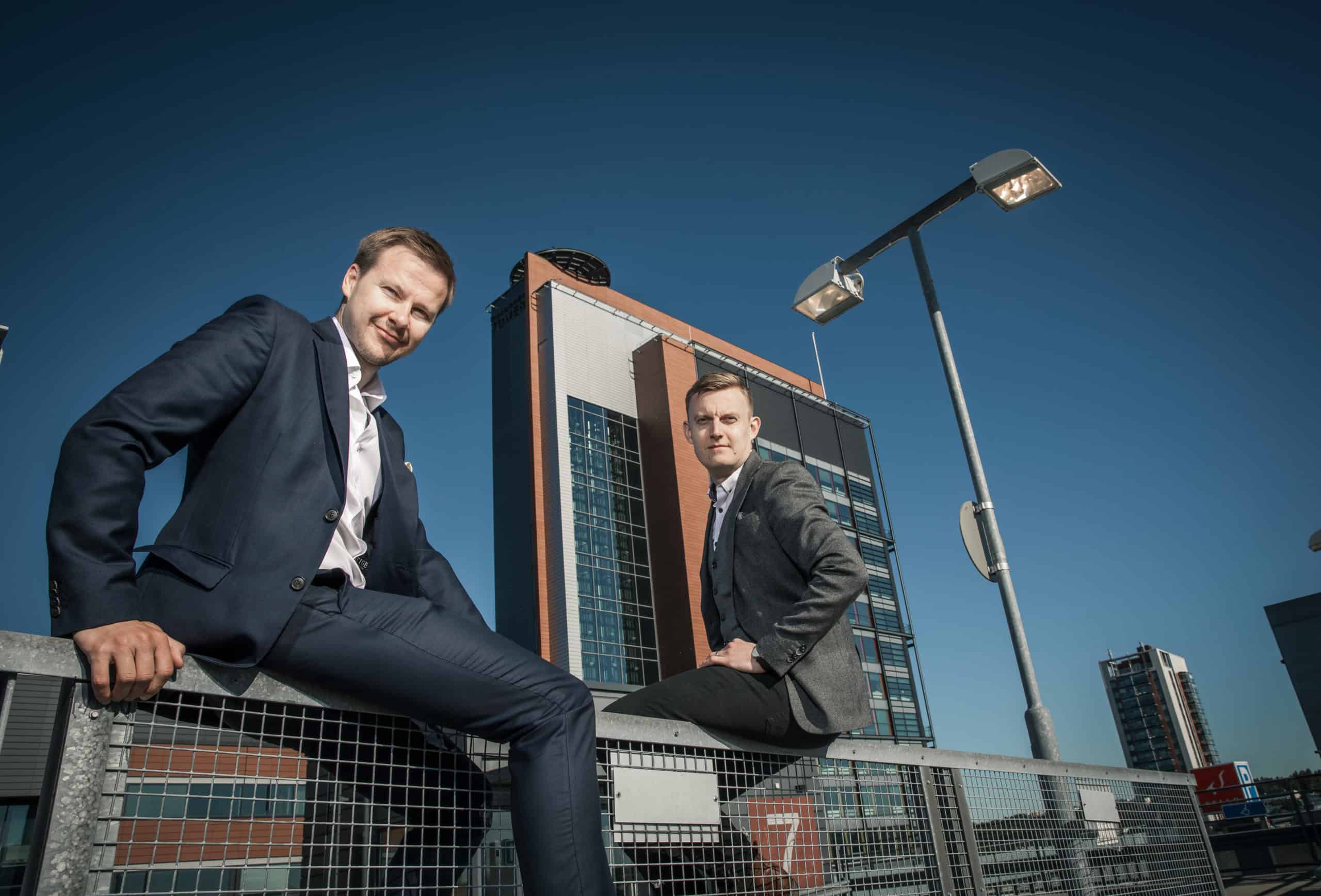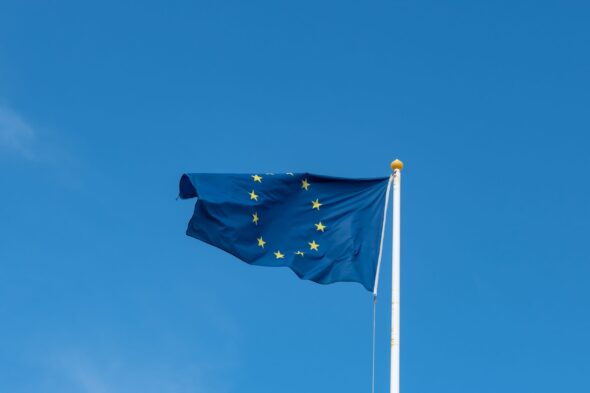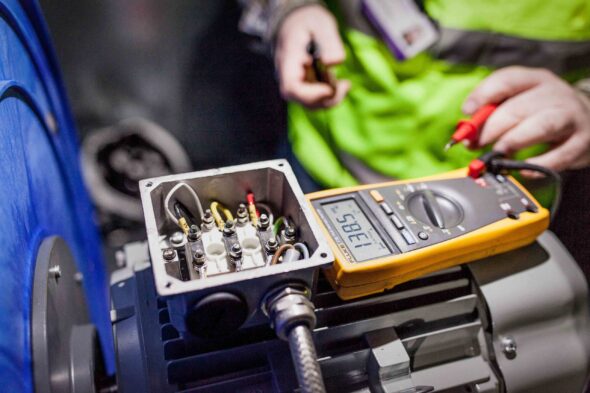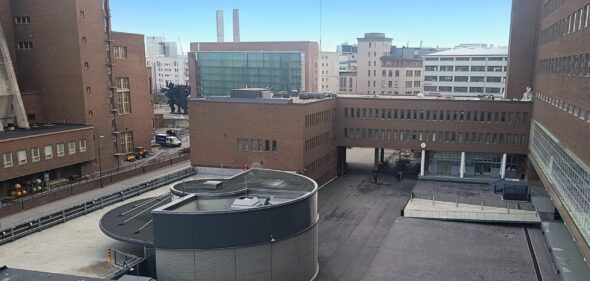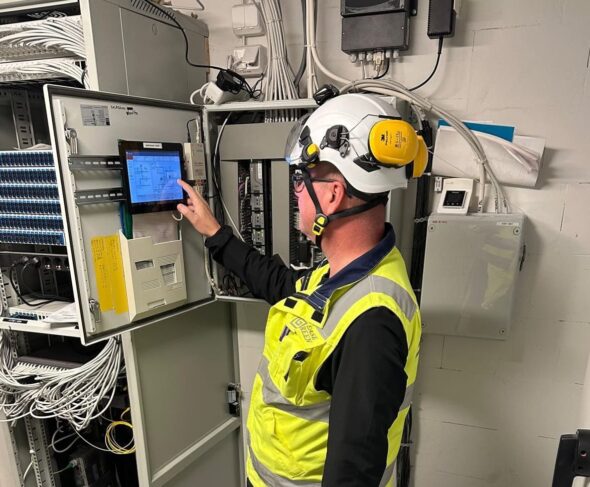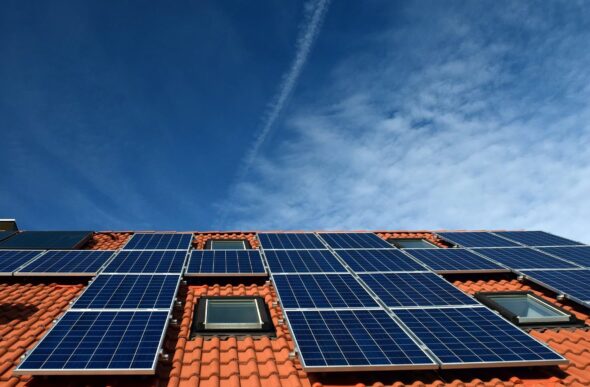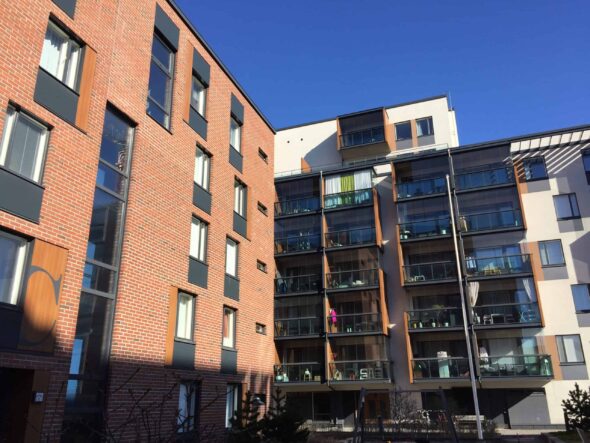Under a recent EU Commission proposal for a directive, energy performance requirements for buildings would be tightened so that the energy performance of public buildings and premises would have to be raised to at least level F by 2027 and level E by 2030. The energy performance of apartment buildings would have to reach level F by 2030 and level E in 2033.
2033 may still seem a long way off. On the other hand, it is as far away as 2011. There is enough time to carefully plan and implement the necessary energy improvements, but there is no reason to delay too long.
Real estate professionals are already talking about the so-calledbrown discount, which is reflected in property prices. The importance of energy efficiency and low-carbon credentials is being highlighted in the price formation process. Investors are looking to buy green properties and are shying away from brown properties, whose competitiveness is overshadowed by poor energy economics and carbon risk.
In the worst case, the property will not find a buyer at any price. There may be an interested buyer, but if he or she is unable to obtain loan financing, the deal will not go through.
In Helsinki, almost one in five office buildings is in energy class F or G. The situation is even more difficult for apartment blocks. ARA statistics show that around 40% of apartment buildings are in this category, which is under pressure.
There are 68 000 apartment buildings and 85 000 terraced houses in Finland. Tens of thousands of Finnish properties are facing some form of renovation, which will certainly benefit their owners in the long term.
Energy renovations are a challenge, especially in the centres of large cities, where geothermal heating is often not an option due to the dense network of tunnels. Improvements must then be sought through a series of dozens of smaller measures. Passivity is not a strategy that can be recommended to anyone. If property owners and building societies do not take action, the risk of property value deterioration will increase.
With today’s wisdom, it is difficult to estimate the size of the brown discount. However, the effect of this phenomenon is already being felt in the Nordic market, with green sites being able to obtain financing at around 5% less than brown sites. In Europe’s major cities, the rental income of green properties is 5-10% higher than that of their brown counterparts.
This change is not yet very visible in Helsinki. However, even with a small amount of talent as a fortune teller, we can expect to see it soon.
The price risk is intensifying as the EU Commission and national regulators introduce new sticks and carrots. Owners of brownfield properties will have to give up some of their profits, pay more for energy, pay higher interest rates and face disappointment when selling on.
It is wise to be prepared for a widening of price differences between different energy categories in the future. The visibility and impact of energy categories is also likely to increase in the Finnish real estate market towards the end of the 2020s. The value of sea views will remain. A pleasant neighbourhood will continue to be valued. However, more office and home buyers will opt for houses with geothermal heating and solar electricity.
Authors Tuomas Vuorinen and Jonni Ahonen believe that the brown discount may yet surprise. Vuorinen is Director of Strategic Consulting at JLL and Jonni Ahonen is CEO of LeaseGreen.
